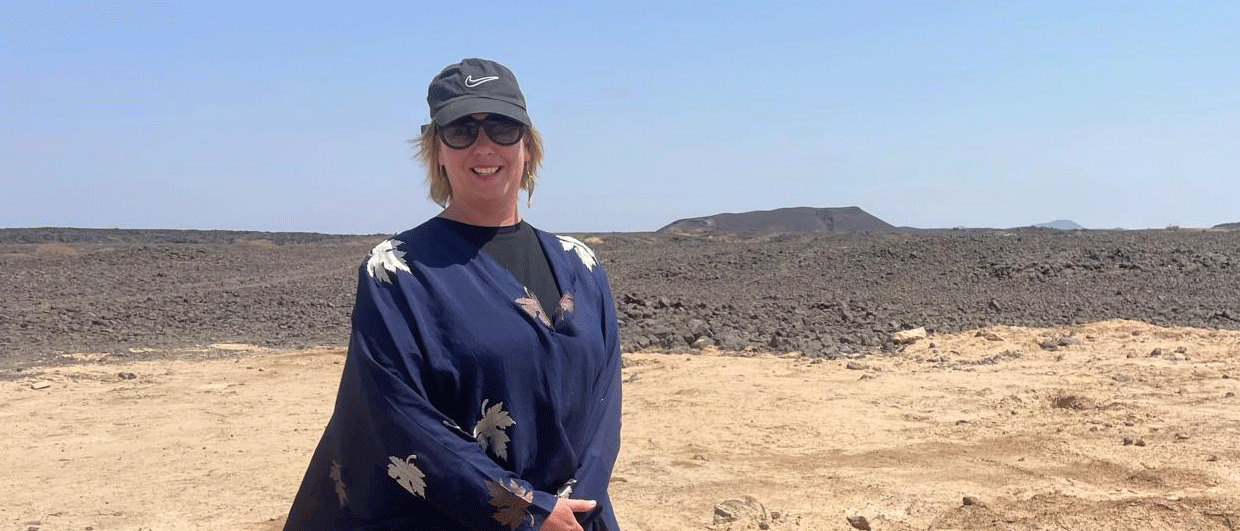When was the idea of 4D invented?
The first 4D examples I am aware of were the monitoring of steam injection projects in the US in the 1980’s. A classical paper showing excellent results was published by Greaves and Fulp in 1987. These early 4D examples were shallow targets (less than thousand meters reservoir depth) on land. From academia the pioneering work done in the 1980’s by Amos Nur and his group at Stanford University, California, provided a good insight into the rock physics basis for 4D seismic.
4D had a slow start. What was the turning point?
Since I was heavily involved in the Gullfaks 4D project, it is hard to answer this question in an unbiased way. However, there is no doubt that the commercial and technical success of the Gullfaks 4D project from 1995 to now can be regarded as a turning point. In the North Sea there were several projects prior to Gullfaks, but they had less economic impact on reservoir management. Gullfaks demonstrated clearly that we can follow fluid and pressure changes within a complex reservoir during production time. Later, interesting 4D results from the Ekofisk, Valhall, Elgin and Franklin fields showed that geomechanical effects like compaction and stretching of rocks could also be observed with 4D seismic.
As explained in the present issue of GEO ExPro, StatoilHydro is using 4D extensively on its producing assets. Does this also apply to other majors and super-majors?
Yes, I think most major oil companies are using this technology actively now, but probably to a lesser degree than StatoilHydro. This is related to the fact that StatoilHydro has a majority of clastic, high porosity reservoirs in their portfolio. PetroBras is another company with marine, high porosity clastic reservoirs, and they are also a major user of 4D seismic. Other majors have a more diverse portfolio, including stiff and low-porous carbonate fields, less suited for frequent 4D seismic monitoring. This is probably the reason why some of the majors don’t apply 4D seismic to all fields.
So the challenge is to apply the technology to carbonate rocks?
Certainly, one may say that one of the major challenges for future 4D is to improve the accuracy and detectability so that it can be also used for tighter reservoir rocks.
You refer to the Valhall case in your own column (Recent Advances in Technology) in the present issue of GEO ExPro. How do you look upon the use of permanent receivers compared to repeat streamer 4D?
I think we will see both technologies improving and developing in the next 10 years. A permanent system needs a certain size of field to generate sufficient commercial payback of the installation. Repeat streamer surveys are less costly and more flexible in some ways. From a technical point of view, the permanent system has several advantages: Improved repeatability, leading to better detectability, more frequent monitoring (each survey is relatively cheap), the possibility of acquiring shear waves directly, and passive monitoring. Despite this, we have not seen a giant step in quality between conventional streamer 4D and the permanent systems. Therefore, my guess is that the majority of 4D surveys within the next 10 years will be streamer, but with an increasing amount of permanent systems. For deep waters I think that ocean bottom nodes will be a key technology
Do we have any numbers with respect to increased recovery to illustrate the advantages of 4D seismic in reservoir management?
Again, the Gullfaks example reports an increased value corresponding to 1 billion USD, which is impressive. Similar numbers, although smaller, have been presented by other companies like Shell and BP.
The focus is now on 4D seismic. What about 4D CSEM?
This is still research. Similar to 4D gravity, a major challenge for 4D CSEM is limited resolution. I think that the first practical examples of 4D CSEM will be as a complementary tool to 4D seismic for relatively shallow fields. Furthermore, I think 4D CSEM might play a role for early leakage detection of CO2 stored in shallow subsurface porous sedimentary layers.
Finally, Dr. Landrø, what thoughts do you have for 4D geophysics in the future?
There has been a tremendous improvement in the accuracy related to 4D acquisition. This trend will continue, but with a lower speed, since it will be harder to improve further. The work on coupling reservoir simulation and 4D geophysics will probably be a major challenge in the next 10 years. At present, we don’t know much about how to couple 4D seismic with 4D gravity and 4D CSEM. My guess is thus that we will see cases where several 4D geophysical methods are combined. Another important axis in the future will be the coupling between geomechanics and 4D geophysics.





